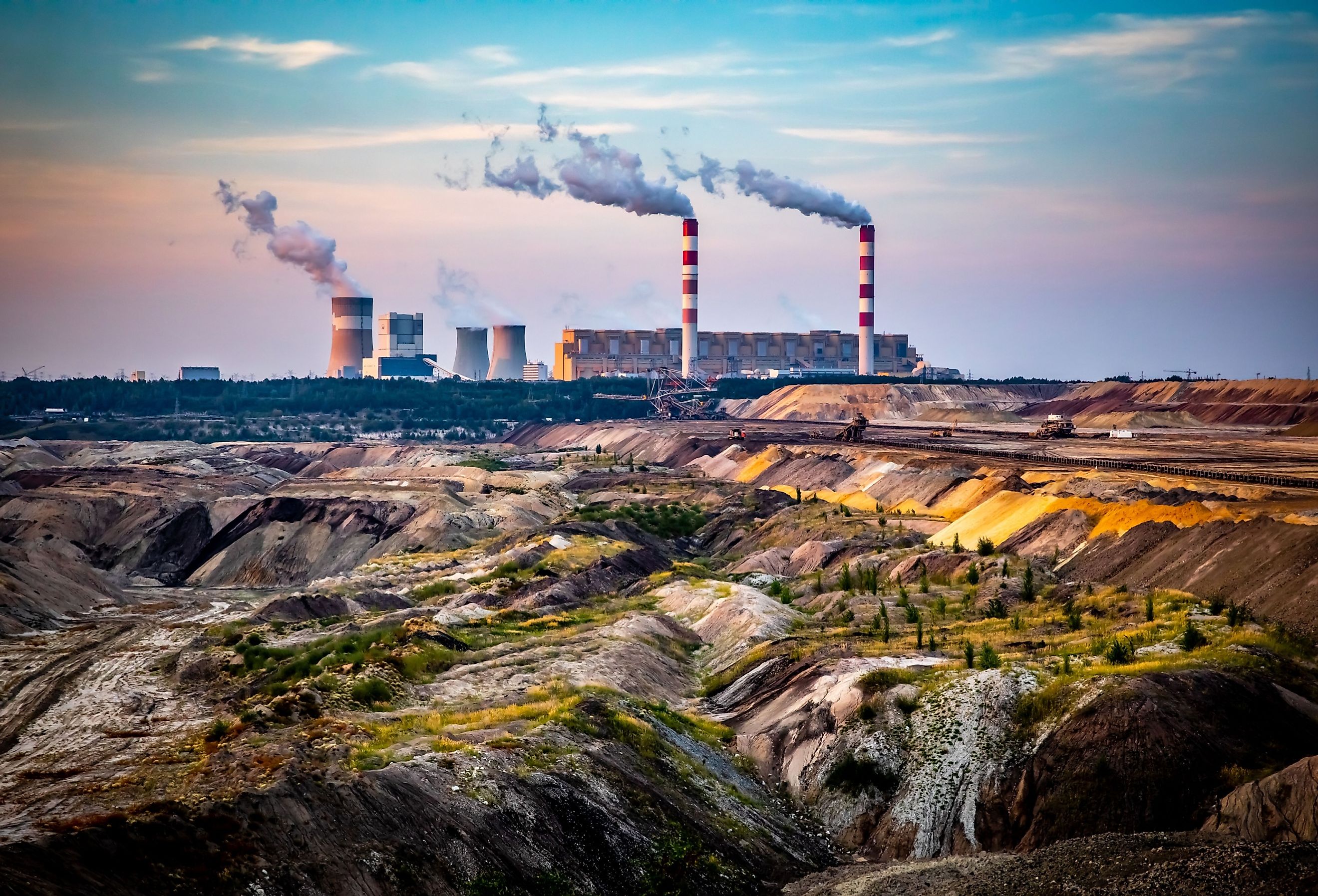
The 10 Largest Coal Mines in the World
They look shiny, black, or brownish-black and exist in underground formations known as “coal seams” or “coal beds.” Coal beds are typically found in the earth’s crust, can be as thick as 90 feet, and can stretch up to 920 miles, roughly the distance between St. Augustine, Florida, and New York City.
When burned, coal produces heat and light energy. It is better and more effective than wood—which, for a long period, had been the main source of domestic and industrial energy requirements because it burns longer. It is known that Romans used coal to heat their public baths, while the Aztecs used it as both fuel and ornament. Early inhabitants of southern Wales burned coal to cremate their dead. The Chinese, however, were the first people in the world to use coal for energy. A recent study published in Science Advances reveals that coal was mined in northwestern China about 3,600 years ago. That was in the 1500s BC.
The use of coal as an energy source skyrocketed during the Industrial Revolution with the discovery of the steam engine by Scottish inventor James Watt. At the time, coal was burned to heat the water in the boiler. The ensuing steam would then be directed through pipes to a cylinder, where the steam pressure moved a piston responsible for performing mechanical work in whatever machine the engine was a part of. By the turn of the 20th century, about half of the world’s energy came from coal.
Today, despite its health and environmental concerns, coal accounts for about 35.5% of the global power mix, although natural gas follows closely with a 23% share. China is by far the largest consumer of coal in the world and is responsible for over 50% of worldwide consumption. Regarding coal reserves, the United States leads the pack and is home to one-fourth of all the known coal in the world, as well as two of the largest coal mines by reserves. That said, the following are the ten largest coal mines worldwide.
The List of the 10 Largest Coal Mines
1. Black Thunder Mine, United States
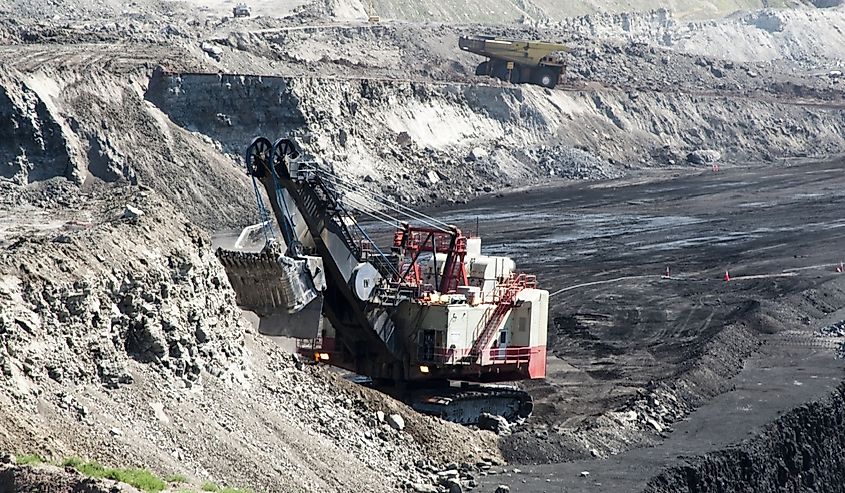
Black Thunder Mine, in the Southern Powder River Basin of Wyoming, United States, is the largest coal mine in the world in terms of production volume. It is about 54 miles south of Gillette, Wyoming, and is owned by Arch Coal Inc., a diversified coal company headquartered in St. Louis, Missouri. The greenfield mine—which means it is a new mine site in previously unexplored territory—produced an estimated 62.68 million tons (mt) of coal in 2023. Black Thunder Mine produces low-sulfur, sub-bituminous coal. This type of coal is often suitable for power station fuel and does not need much preparation except crushing. The mine was opened in 1977. In 2004, it became the first coal mine in the US to ship a cumulative 1,000Mst (907Mt).
2. Gevra OC Mine, India
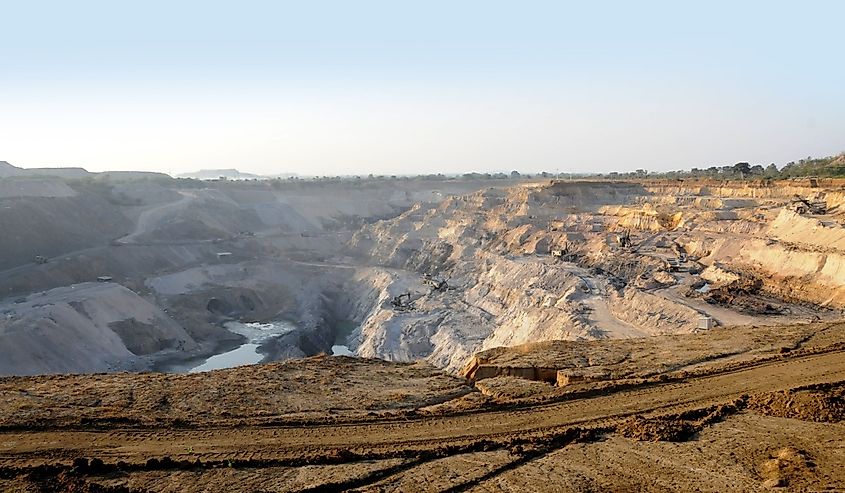
Gevra OC Mine is in the Korba district of central India’s Chhattisgarh State, over 1,100 miles southeast of New Delhi. This coal mine is owned by South Eastern Coalfields Limited (SECL), a subsidiary of the state-run Coal India. The latest data shows that Gevra OC Mine produces an estimated 60 million tonnes, making it India’s largest coal mine. This part of India is known for Bituminous coal, a medium grade with high heating capacity. Spanning more than 6 miles in length, Gevra OC Mine was opened in 1981. In 2024, the mine was granted environmental clearance to expand production capacity to 70 million tons per annum. The mine is expected to operate until 2036.
3. North Antelope Rochelle Mine, United States
North Antelope Rochelle Mine, located in Campbell County in Wyoming, United States, about 65 miles south of Gillette, is the world’s third-largest mine by production volume. It is, however, the largest coal mine in the world by reserves. Peabody Energy, a coal mining company headquartered in St. Louis, Missouri, owns this complex of two surface mines. One of these mines — the North Antelope — was opened in 1983. The other, known as the Rochelle, opened two years later. North Antelope Rochelle produced an estimated 56.25 mt of coal in 2023 and is expected to operate until 2047. The coal here is categorized as sub-bituminous and has sulfur content that can be as low as 0.2%, making it the cleanest coal in the United States.
4. Kusmunda OC Mine, India
Kusmunda OC Mine is in central India's Chhattisgarh State, specifically in the south-central part of the Korba Coalfields. Like Gevra OC Mine, Kusmunda is owned by South Eastern Coalfields Limited (SECL), a subsidiary of the state-run Coal India. Kusmunda produced an estimated 50 mt of coal in 2023, making it the second-largest coal mine in India. The mine produces bituminous coal, a medium-grade type and the world's most abundant form of coal. One of India's largest coal mines opened in 1979 and is expected to operate until 2036.
5. Northern Shaanxi Mine, China
![In this photo taken on November 20, 2015, a worker sorts coal on a conveyer belt, near a coal mine at Datong, in China's northern Shanxi province. [Photo/VCG]](/r/w768/upload/95/e5/3e/5c5107caa3106c65fff7d95c.jpeg)
Northern Shaanxi Mine, the largest in China, is in Shaanxi province, an inland province in Northwestern China. The mine is about 485 miles west of Beijing. China’s largest mine is owned by the Shaanxi Coal and Chemical Industry Group, a well-established coal mining company founded in 2008 and headquartered in Xi'an, Western China's third most populous city. Northern Shaanxi Mine produced an estimated 41.34 mt of coal in 2023. Although coalfields in North China can exhibit different coal formations, China's anthracite and bituminous reserves account for around 94% of the country's total coal reserves. This means most mines in China produce anthracite and bituminous coal.
6. Sangatta Mine, Indonesia
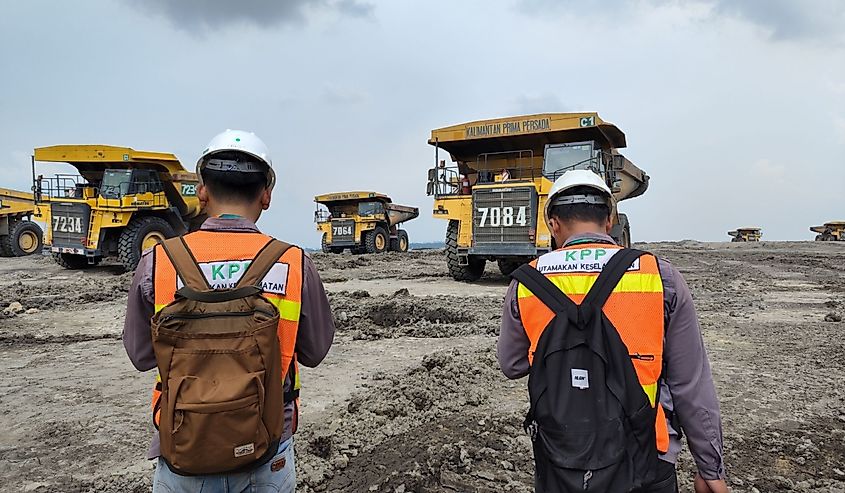
The Sangatta Mine, the world is sixth-largest surface mine, is in East Kalimantan, Indonesia. This mine is owned by Bumi Resources, a Jakarta-based coal mining company with a stint in hospitality and tourism. The Sangatta Mine is a greenfield mine and produced 40.9 mt of coal in 2023. Indonesia’s largest mine comprises three main deposit areas: Prima Pinang, Melawan, and Pinang North. The mine produces predominantly sub-bituminous coal for both local consumption and export. s. Coal exploration began in the Sangatta area in 1987. Five years later, in 1992, the mines recorded the first commercial exports.
7. Belchatow Mine, Poland
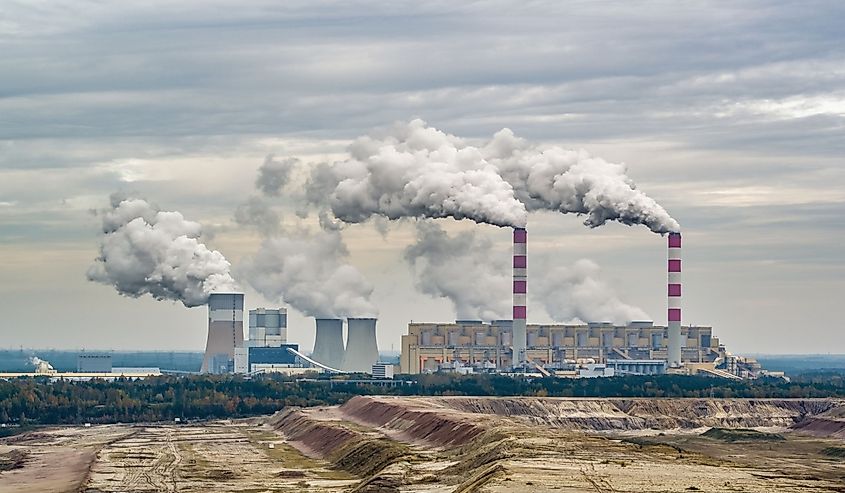
The Belchatow Mine, Europe’s largest coal mine, is located in Lodz, Poland’s third-largest city. Lodz was the second-largest ghetto in the German-occupied areas and the one most severely insulated from its surroundings. The Belchatow Mine is owned by PGE Polska Grupa Energetyczna, a state-owned public power company. The mine produced an estimated 40.43 mt of coal in 2023 and was initially expected to operate until 2040. However, a sustained campaign by environmentalists may see it closing shop by 2036. It started operating in 1955, 69 years ago, and produces lignite coal, the lowest grade coal with the least concentration of carbon.
8. FTB Project, Indonesia
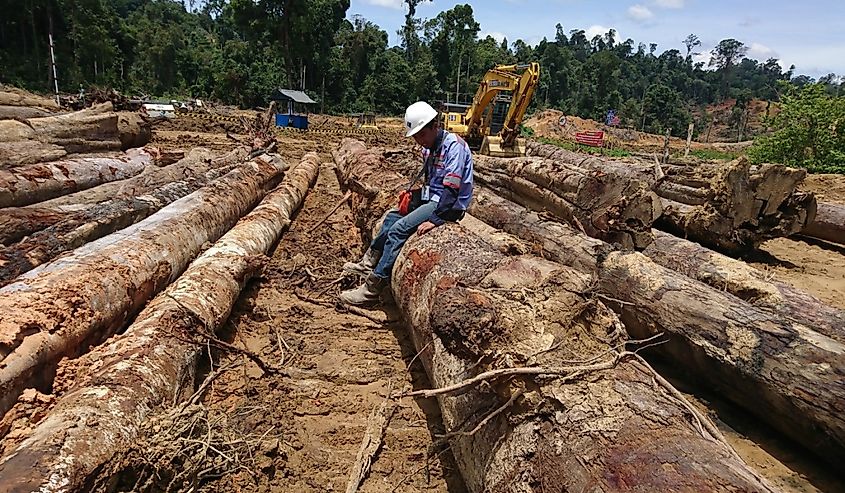
The FTB Project is a surface mine located in East Kalimantan, Indonesia. The mines are on the island of Borneo, the world’s third-largest after Greenland and New Guinea. The FTB project is owned by Bayan Resources, associated with Indonesian billionaire Low Tuck Kwong. The greenfield mine produced an estimated 37.4 mt of coal in 2023 and is expected to operate until 2055. Bayan produces coal that ranges from high calorific value bituminous to sub-bituminous low-sulfur, low-ash coal. Indonesia is the world's largest exporter of coal for electricity.
9. Tutupan Mine, Indonesia
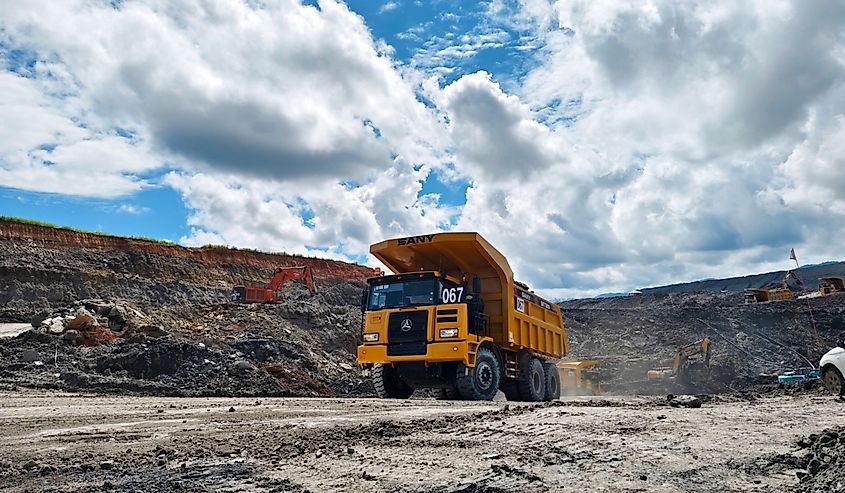
Tutupan Mine is a surface mine in South Kalimantan, Indonesia. It produced an estimated 36.39 mt of coal in 2023, making it the 9th-largest producer of coal in the world. The mines are owned by Adaro Energy, an integrated mining, energy, and minerals company established in 2004. Tutupan Mine’s coal goes by the brand name Envirocoal, a moderate energy sub-bituminous coal with ostensibly the lowest sulfur and ash content of any coal in the world.
10. Borneo Indobara Mine, Indonesia
Rounding off this list is Borneo Indobara Mine, a surface mine situated in South Kalimantan, Indonesia. Borneo Indobara Mine is owned by Dian Swastatika Sentosa, a diversified company with interests in mining, power generation, technology, and fertilizer & chemical trading. This mine produced an estimated 35.03 mt of coal in 2023 and is expected to operate until 2036. These mines produce lignite and sub-bituminous coal, associated with the predominant Warukin formation predominant in the area.
Additional Data and Insights
Despite spirited efforts to shift to other energy sources, the share of coal in the power mix has remained fairly steady for the past 20 years. Between 2000 and 2022, for example, the share of coal in global energy production has consistently been between 35% and 40%. By 2050, however, experts believe renewable energy sources will account for half of primary energy consumption. This shift will affect the mines highlighted here, of which China and Poland each have one, the U.S. and India each have two— and Indonesia four.
Coal-burning power plants emit a variety of harmful substances, including Sulfur dioxide, Nitrogen oxide, and other particulates associated with acid rain and a slew of respiratory illnesses. Many countries are, therefore, pushing for more sustainable and eco-friendly power sources to help fight the effects of climate change.
Conclusion
As long as coal is among the leading energy sources, the mines highlighted here will continue to be major players in the global energy sector—despite its negative effect on the environment. However, the shift away from coal is fraught with intractable challenges, including potential job loss, lack of political goodwill, and high upfront costs.











